1. Cigarette Machines

Decades ago, cigarette vending machines were part of the diner or restaurant ambiance, right next to gum machines or soda fountains. Patrons could swipe in for a pack during a break or meal, with no age checks or warnings. As health awareness rose and smoking bans spread, these machines vanished from public places. Limits like token-operated machines and smart‑card systems (e.g. Japan’s Taspo) replaced them, and most countries now ban them outright or heavily regulate their placement.
2. Doctors Smoking During Exams
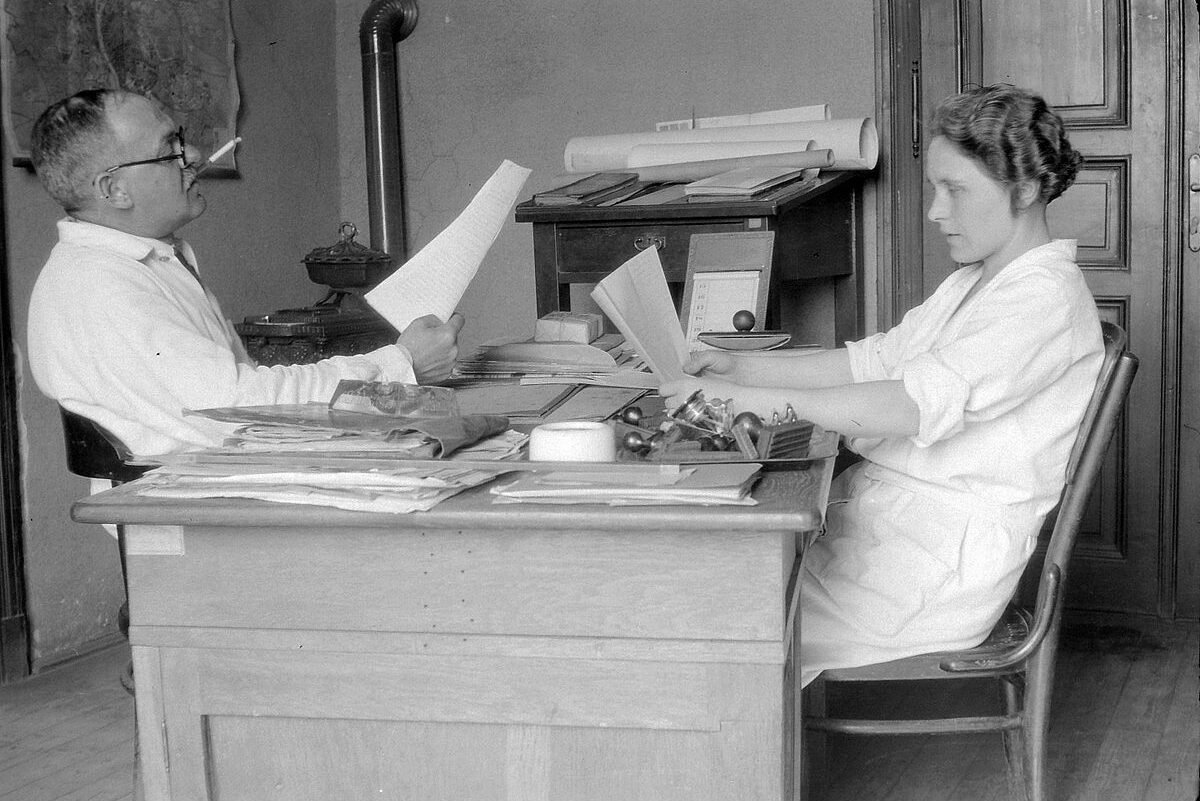
Once, walking into a doctor’s office often meant stepping into a haze. Doctors lit up cigarettes right there in the room, sometimes even treating and smoking during appointments. Hospitals were known to have ashtrays at every bedside and mugs of cigarettes for patients and staff alike. It didn’t seem strange then, just part of the exam. Medical advice often came with tobacco in hand. It wasn’t until reports in the 1950s and the 1964 Surgeon General’s report that smoking was identified as a major health hazard. Today, hospitals are sanctuaries of clean air. Smoking is banned entirely, inside, outside, even in designated hospital zones. It’s a complete 180 from that bygone era of doctors and Marlboros.
3. Calling Someone’s Home
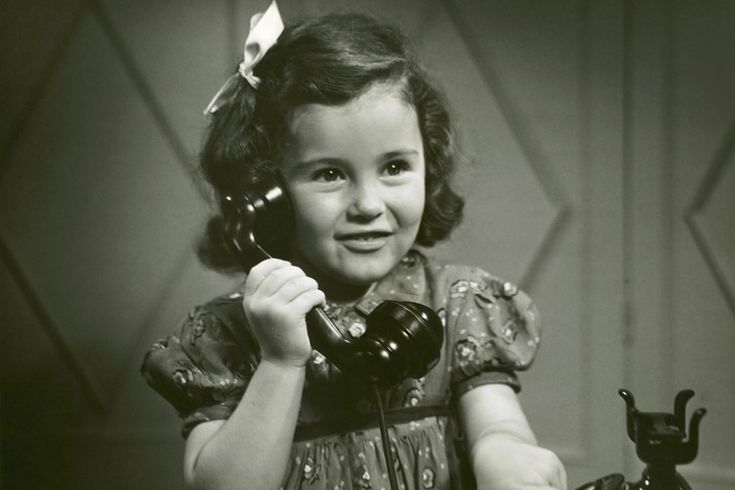
I still remember those cheery voices on the phone, “Hi, may I speak to Jenny, please?” The act of dialing a house line and asking for someone seems almost nostalgic now. It brought a soft formality, an invitation to step into someone’s personal space. Kids today, growing up in the era of smartphones and instant messaging, rarely experience that anticipation or even the pause before the call connects. Sure, phone etiquette was a thing, don’t slam the receiver, answer with “Hello?” and always ask permission. It made every conversation feel intentional, respectful. In contrast, today’s generation might jump straight into a FaceTime or DM, bypassing that little moment of courteous introduction. The charm of a simple, polite request for someone to come to the phone is all but lost, a quaint relic of dial tones and parent-approved privileges.
4. Riding Without Seatbelts
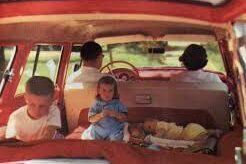
Flashback to a time when kids would flop into the front seat, or even stand unbelted in the back, with not much thought about “safety.” The idea of a child steering next to the driver or peeking out from the back window sounds crazy now. Yet back then, it was all just part of the ride, no discussion, no rules, no straps. Today, we have laws, car seats, and “back-seat riders” as a rite of passage. Ride-hailing services even remind you to buckle up. Back then, though, the only reminder was a parental glance. Modern parenting prioritizes airbags, crumple zones, and booster seats, a far cry from those innocent days when seatbelts were only for “big people.”
5. Forcing Left-Handed Kids to Switch
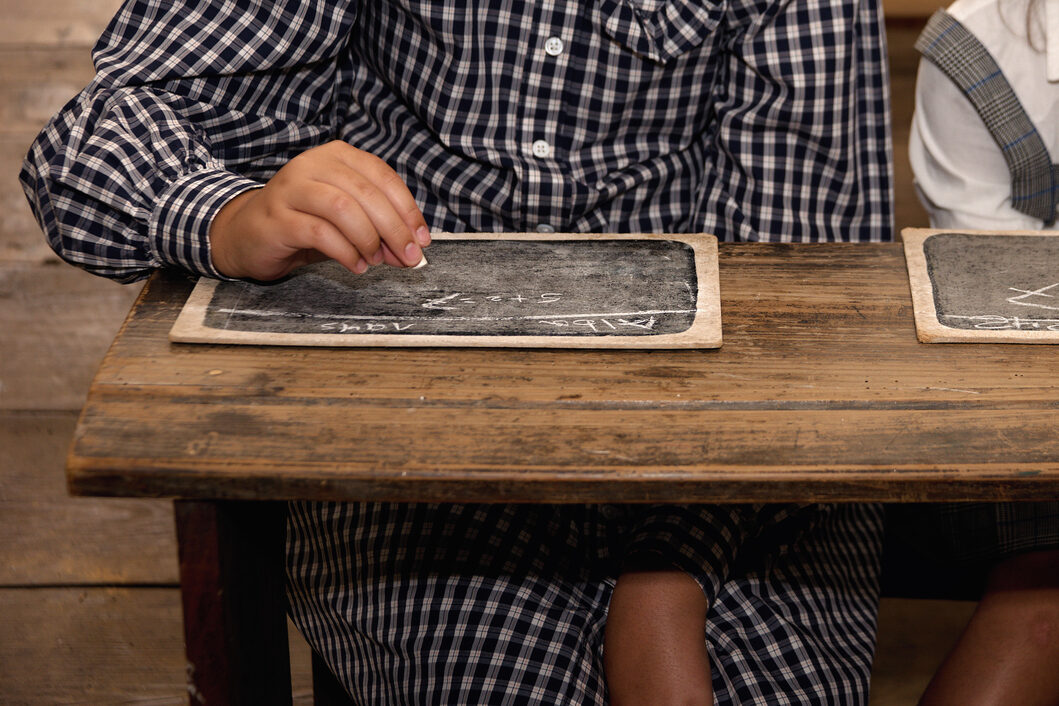
Back in the day, if a child naturally used their left hand, teachers would physically guide them to use their right. Hand-switching was common, some believed left-handedness was a sign of weakness or even “wrong.” The teacher’s stern grip on the child’s hand, rotating it toward the right, was seen as directing them toward “proper” behavior. Thankfully, modern education celebrates neurodiversity and individual strengths. Today, teachers understand ambidexterity, and lefties are free to write, eat, and create with whichever hand suits them. That old troop of forcing lefties to conform feels not only unnecessary but subtly oppressive, part of a larger history of conformity rather than acceptance.
6. Jell‑O Potluck Salads

Back in the mid‑20th century, potluck tables across America were practically defined by colorful, wobbly Jell‑O salads. These gelatin molds, sometimes complete with mayonnaise, vegetables, cottage cheese, or even slices of hot dog, were celebrated as innovative culinary art. In the 1920s–30s, lime‑flavored gelatin became especially popular during the Depression, praised for being cheap, easy, and elegantly presentable to guests. By the 1950s and ’60s, entire cookbooks featured them; one source noted that more than 30 percent of salad recipes included gelatin.
Yet, tastes changed. These congealed concoctions began to feel unappetizing to many. Redditors recalled how people would “encase everything from salmon and mayonnaise to hot dogs in the stuff”. By the 1970s and especially during the dieting craze of the 80s, their sugary, processed nature pushed them into retro territory. Today, Jell‑O salads are mostly remembered with a mixture of nostalgia and cringing, rarely found at modern potlucks.
7. Corporal Punishment
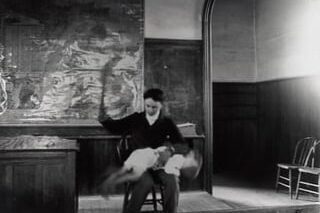
It’s hard to imagine now, but there was a time teachers routinely disciplined students by striking them with rulers, paddles, or belts. A swipe across the hand or leg from a wooden ruler or cane was seen as a normal corrective measure. In fact, in 19th- and 20th-century schools (especially in the English-speaking world), corporal punishment was so ingrained that it was almost a daily part of discipline. Accounts from students tell of being hit for writing with the wrong hand, sleeping in class, or other minor infractions.
But these methods had steep consequences. Studies show corporal punishment can lead to increased aggression and mental health issues in children. Many countries have banned it outright, Europewide bans came as early as 1783 in Poland, with the UK banning it in schools by 1986. In the U.S., while still legal in some states, there’s widespread move away from such practices. The shift reflects growing awareness of children’s rights and more effective, empathetic discipline.
8. Mandatory Pledge of Allegiance
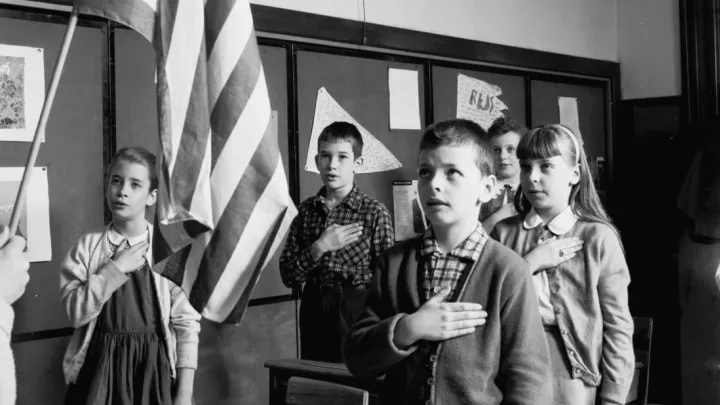
Starting kindergarten, children were expected to stand silently, face the flag, hand over heart, and recite the Pledge of Allegiance. This was an unquestioned ritual, daily, patriotic, shoehorned into early education. The custom reinforced national unity, but also meant students had little permission to critique or abstain. Today, thanks to legal protections (like West Virginia v. Barnette in 1943), students cannot be forced to recite the pledge. The emphasis has shifted toward “informed civics,” encouraging meaningful participation and understanding over rote repetition. What was once stiffness and conformity now makes room for thoughtful dialogue, an awkward transformation if you grew up with only silent standups.
9. “Real” Men Would Never Wear Fashion Accessories
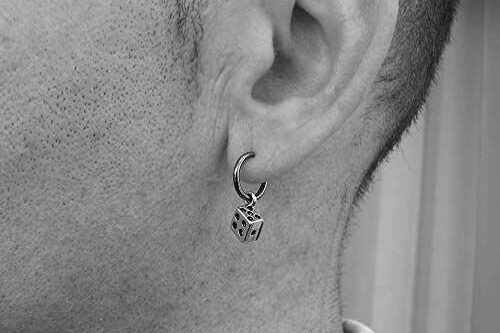
Decades ago in many Western cultures, earrings on men were often stigmatized. Men typically had to choose between both ears or risk being associated with mainstream stereotypes. Popular belief held that an earring in the left ear “meant something”, sometimes implying certain sexual orientations, and wearing one on the right could suggest something else entirely. The social message was clear: earrings were for women, masculine men didn’t wear them. All that started changing in the ’70s and ’80s as punk, rock, and pirate styles opened the door. By the ’90s, celebrities made men’s earrings mainstream. Now earrings on men are widely accepted, varied, and no longer carry judgment, showing how mass culture can dismantle old stereotypes.
10. Having Only One Phone in the House (With a Really Long Cord)
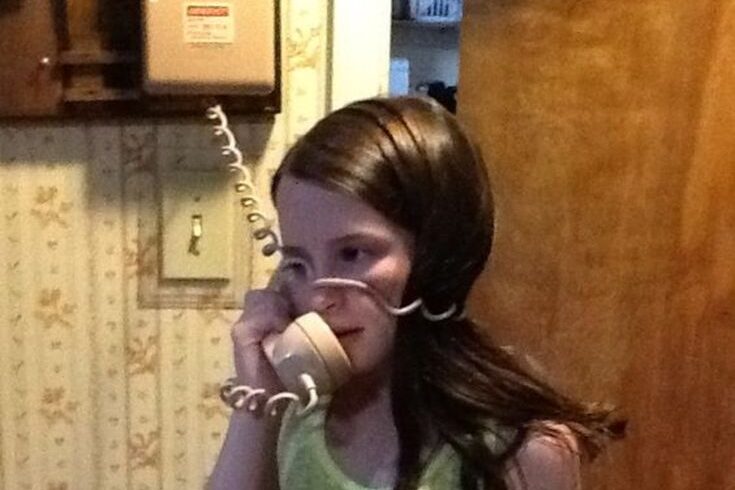
Remember the big wall-mounted phone in the kitchen, its curly cord too short to carry into your room? That was more than a device, it was a control point. Parents answered, monitored your calls, and whispered secrets that were nearly impossible. This centralized phone helped shape family interactions and kept communication public and parental. Cue modern times: mobile phones in every pocket transformed this. Privacy, personal space, and communication freedom skyrocketed. The era of “Where are you?” and “Who did you call?” is gone. Today, that single kitchen phone feels as outdated as rotary dials and party lines.
This story 10 Social Norms Everyone Used to Follow, Now They Just Seem Weird was first published on Daily FETCH


